The Persian cat is famous for its luxurious long fur, sweet temperament, and distinctive flat face. This breed exudes elegance and charm, making it a favorite among cat lovers worldwide.
Why the breed is attractive or popular: With its striking appearance and gentle personality, the Persian cat has become one of the most beloved and recognizable breeds. Its presence in films, advertisements, and even as companions to celebrities has only added to its allure.
Things need to know
- Calm and quiet
- Short, snub nose
- Short legs and a stocky build
- Flattened face with large, round eyes
- Medium-sized cat with Long, luxurious fur
- Requires daily brushing to maintain long fur
- Lazy cat
- May need a special diet
- Known for being "lap cats"
- Can be easily startled by noises
- Intelligent but may not be playful
- Regular eye cleaning may be necessary
Persian Cat: Brief Overview
| Attribute | Details |
|---|---|
| Origin | Persia (modern-day Iran) |
| Personality | Calm, gentle, affectionate, and enjoys lounging |
| Weight | 7 to 12 pounds |
| Length | Medium to large-sized |
| Coat Length | Long, thick fur |
| Coat Colors | White, Black, Blue (gray), Cream, Red (ginger), Chocolate, Lilac, Silver, Golden, Smoke, Cameo (red smoke), Tortoiseshell, Blue-cream, Blue-cream smoke, Chinchilla |
| Coat Patterns | Solid, tabby, bicolor, tortoiseshell, shaded, smoke, and chinchilla |
| Eye Color | Blue, green, copper, or odd-eyed (one blue, one copper) |
| Lifespan | 12 to 16 years |
| Hypoallergenic | No |
Personality and Temperament
Persian cats are known for their calm and gentle nature. They are typically quiet, preferring a serene environment where they can lounge and be pampered.
Interaction with humans and other pets: These cats are very affectionate and form strong bonds with their human companions. They are also known to get along well with other pets, making them a great addition to multi-pet households.
Suitability for families, singles, or elderly: Due to their gentle and relaxed demeanor, Persian cats are suitable for families, singles, or elderly owners. They thrive in households where they can receive plenty of love and attention.
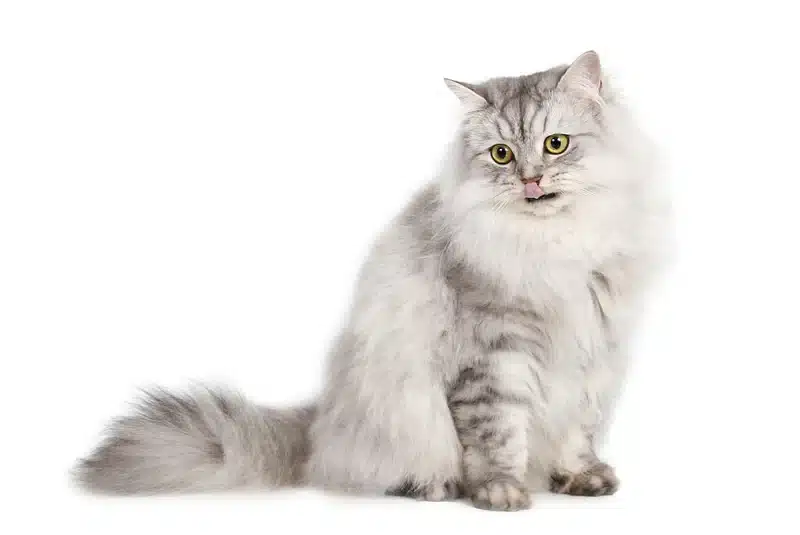
Living Environment
Ideal living conditions: Persian cats are well-suited to indoor living. They enjoy a quiet, comfortable environment where they can relax and feel secure.
Adaptability to different environments: They adapt well to different living spaces, whether in apartments or houses. Persians prefer having cozy spots to relax, such as soft beds or sunny windowsills.
Origins of the breed: The Persian cat’s history dates back to the 1600s when it was first imported to Italy from Persia (modern-day Iran). These cats were treasured for their unique looks and quickly became popular among European nobility.
Historical significance or anecdotes: Persian cats have been depicted in artwork and literature throughout history, symbolizing luxury and sophistication. They were prized possessions in royal courts and among the elite.
Development and recognition by cat registries: The breed was further developed and refined in the United Kingdom and the United States. Today, it is recognized by all major cat registries, including the Cat Fanciers’ Association (CFA) and The International Cat Association (TICA).
Size and weight: Persian cats are medium to large, typically weighing between 7 and 12 pounds. Their sturdy and well-muscled build contributes to their regal appearance.
Coat type and colors: Their long, thick fur can come in a wide variety of colors and patterns, including solid, tabby, and bicolor. This plush coat requires regular maintenance but adds to their luxurious charm.
Distinctive features: One of the most distinctive features of the Persian cat is its flat, broad face with large, round eyes that can be blue, green, copper, or odd-eyed (one blue, one copper). They also have short legs and a bushy tail, contributing to their distinctive and adorable look.
Grooming needs: The Persian cat’s long fur requires regular grooming to prevent matting and tangling. Daily brushing is recommended to keep their coat in top condition and to minimize shedding.
Dietary recommendations: A balanced diet with high-quality cat food is essential for maintaining their health. Owners should ensure their diet includes the necessary nutrients to support their overall well-being.
Exercise and activity levels: While Persians are not as active as some other breeds, they still enjoy moderate exercise through playtime with their owners. Interactive toys and gentle play sessions help keep them entertained and healthy.
Common health issues: Persian cats can be prone to specific health issues, including respiratory problems due to their flat faces, dental issues, and polycystic kidney disease (PKD). Regular veterinary check-ups are crucial to monitor and address these potential health concerns.
Preventive care tips: Regular grooming, a balanced diet, and routine vet visits are essential for preventing health issues. Owners should also be aware of the breed’s predisposition to certain conditions and take proactive measures to maintain their cat’s health.
Average lifespan: Persian cats typically have a lifespan of 12 to 16 years, provided they receive proper care and attention throughout their lives.
Ease of training: While Persian cats are intelligent, they are not as active or playful as some other breeds. However, they can be trained to use the litter box and follow basic commands with patience and positive reinforcement.
Socialization tips: Socializing them from a young age ensures they are friendly and well-adjusted. Introducing them to different people and environments gradually can help them become more confident and sociable.
Activities and toys they enjoy: Providing scratching posts, cat trees, and interactive toys can help keep them entertained and active. They enjoy gentle play sessions and activities that stimulate their senses.
Where to find reputable breeders or adoption centers: When looking to add a Persian cat to your family, it’s essential to find a reputable breeder or consider adoption from a shelter or rescue. Reputable breeders will provide health guarantees and ensure their cats are well-socialized.
What to consider before getting this breed: Be prepared for the grooming and care requirements that come with this breed. It’s important to understand the time and effort needed to maintain their health and happiness.
Cost considerations: Adoption fees or purchase prices can vary, so consider your budget when making this decision. Ensure you are financially prepared for both the initial cost and ongoing care expenses.
The Persian cat is an elegant and affectionate breed with distinctive looks and a sweet nature. Their luxurious coat and calm demeanor make them a popular choice for cat lovers.
Why someone might choose this breed: If you are looking for a calm, loving, and beautiful feline friend, the Persian cat might be the perfect choice for you.
Call to action: Visit a shelter or contact a reputable breeder today to learn more about bringing a Persian cat into your life and enjoy the companionship of this delightful breed.
Persian Cat Fun Facts
Persian cats have appeared in various movies and TV shows, often portrayed as the epitome of feline elegance. They are also featured in many advertisements, symbolizing luxury and sophistication.
Breed’s presence in media or culture: Throughout history, Persian cats have been the preferred breed of many celebrities and royals, further cementing their status as a symbol of refinement and grace.
Despite their glamorous appearance: Persians are quite low-energy and enjoy a relaxed lifestyle, making them perfect companions for those who prefer a calm and serene household.

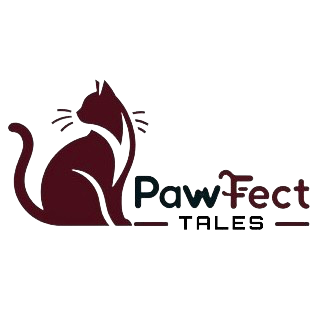


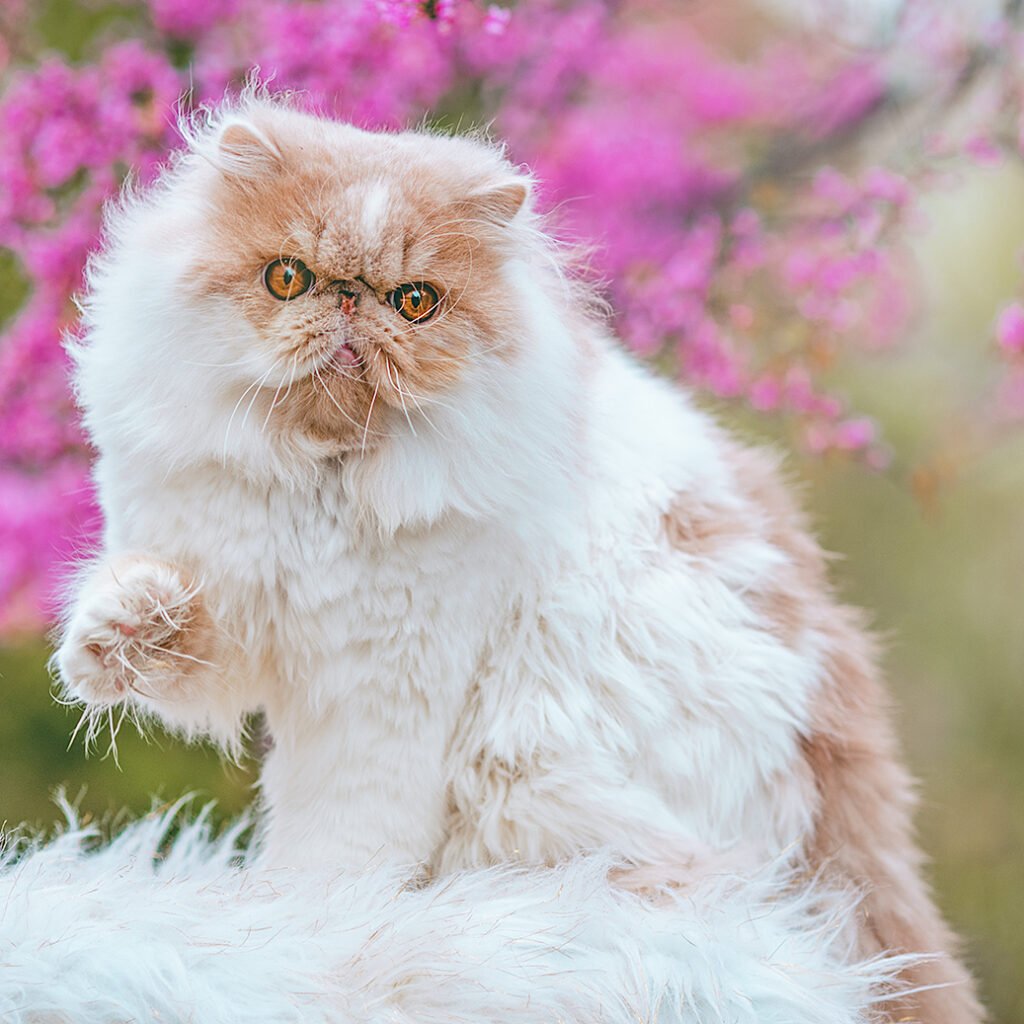
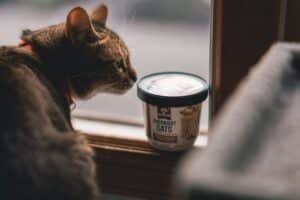
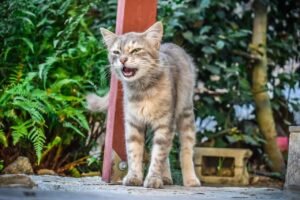
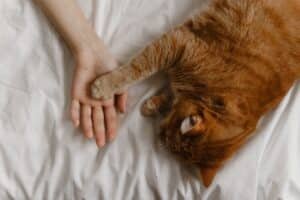
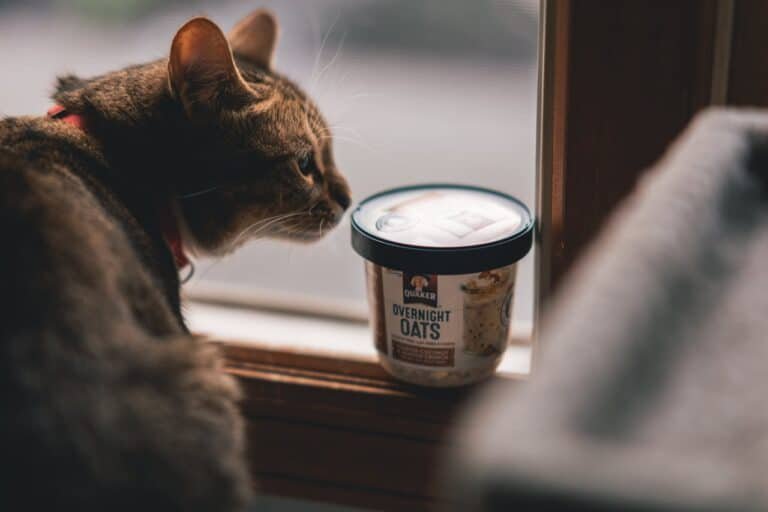
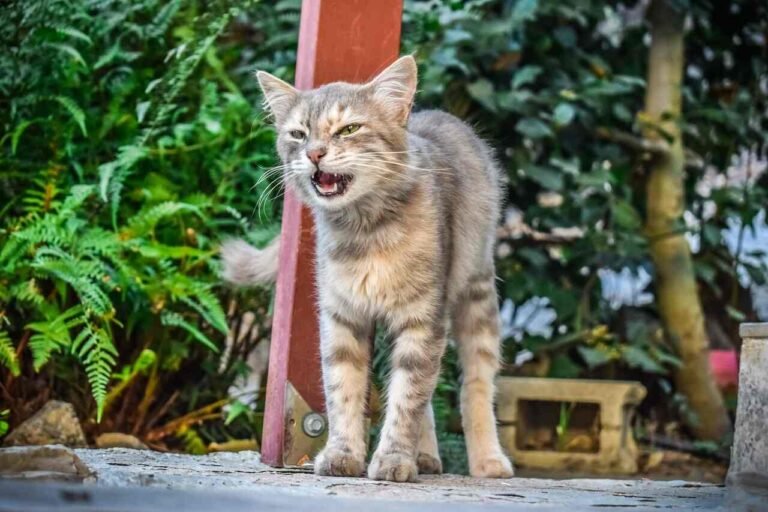
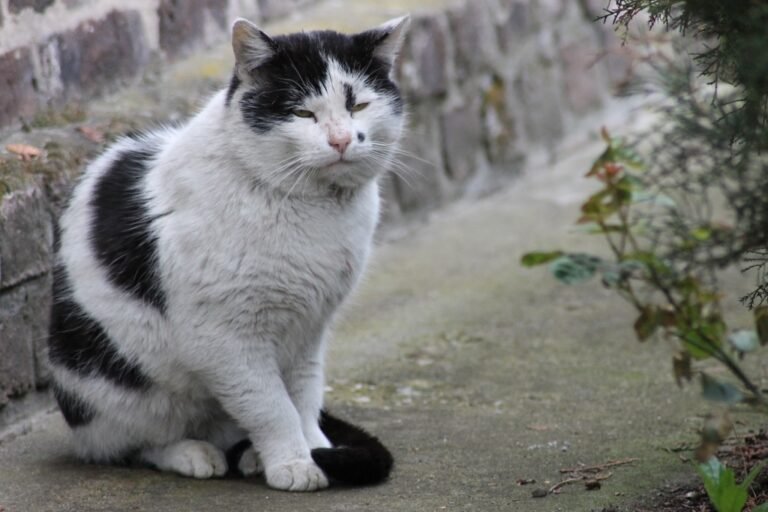

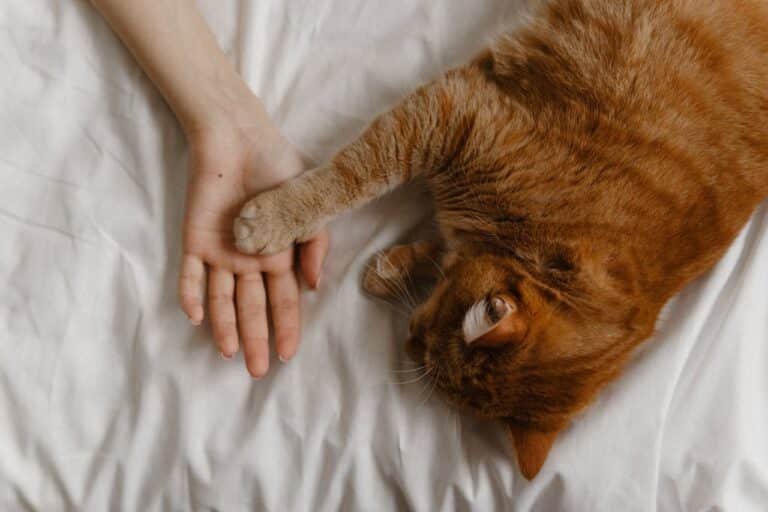
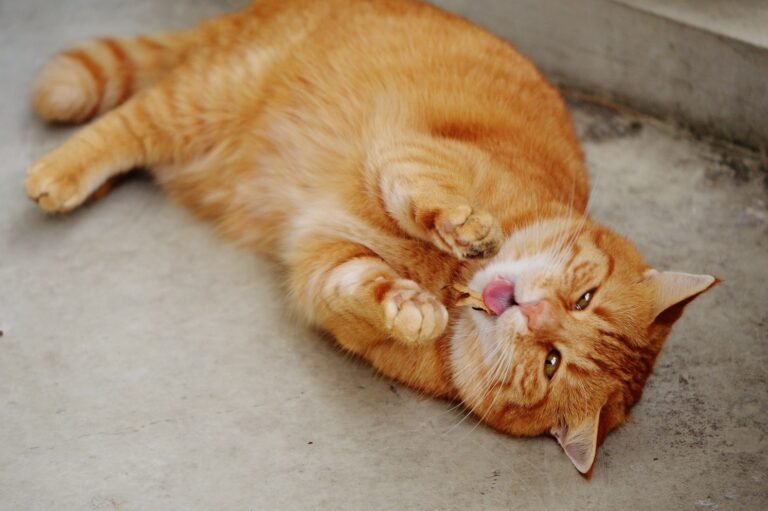
Persian cat is may favourite cat😍😘